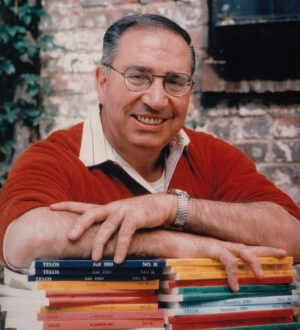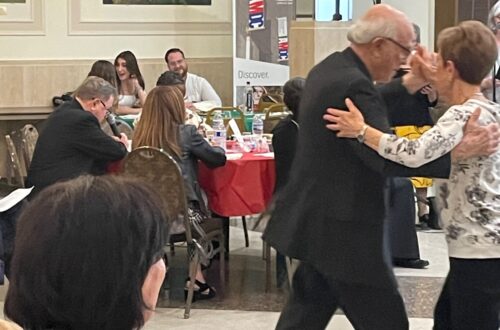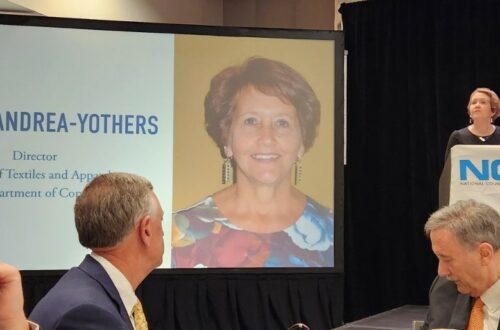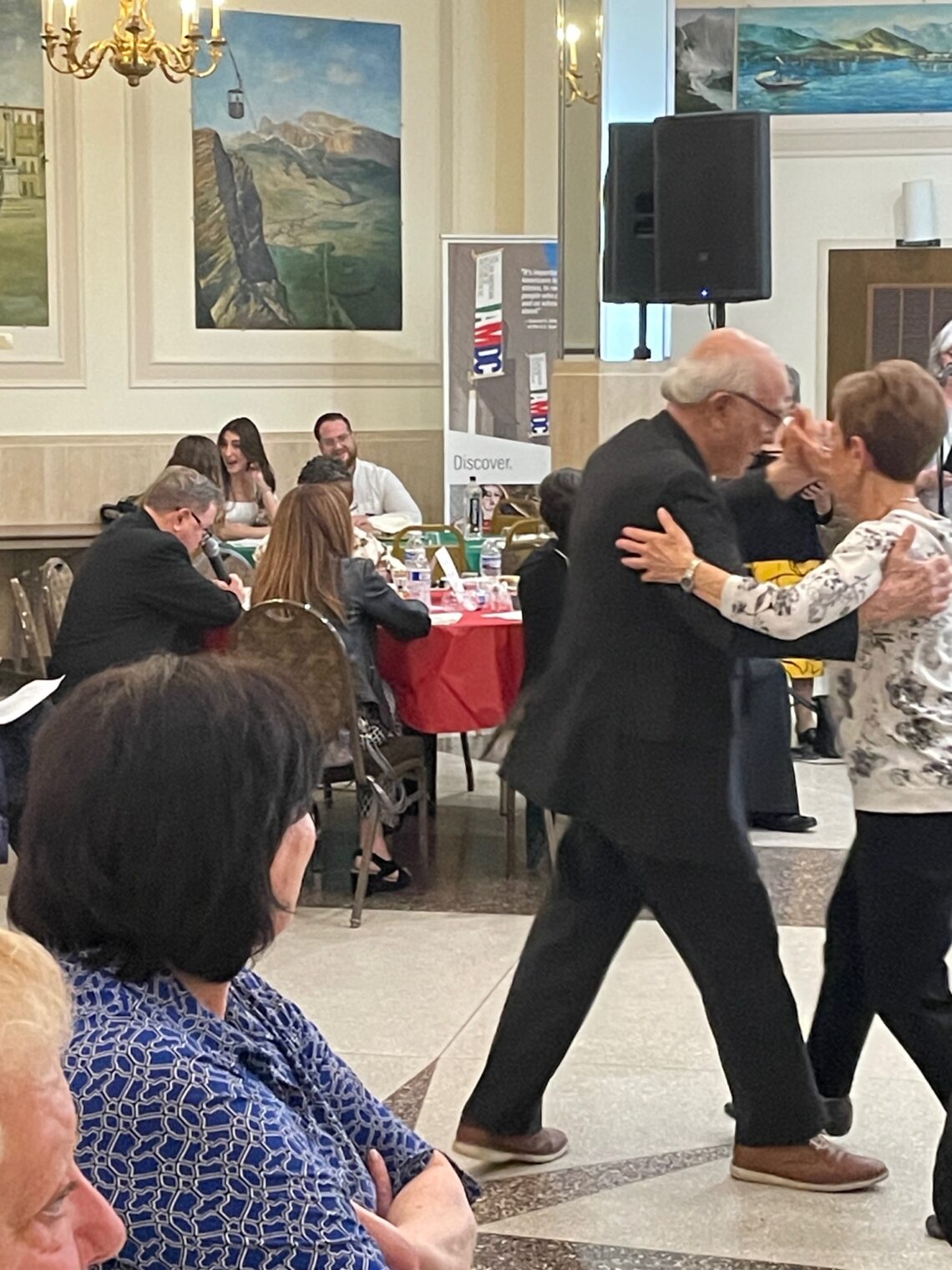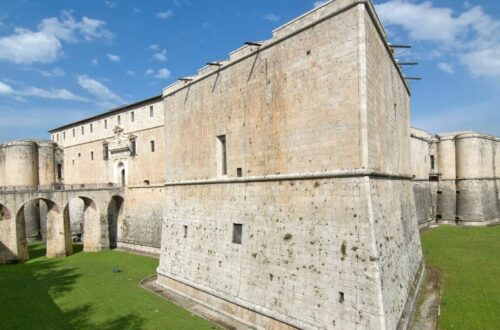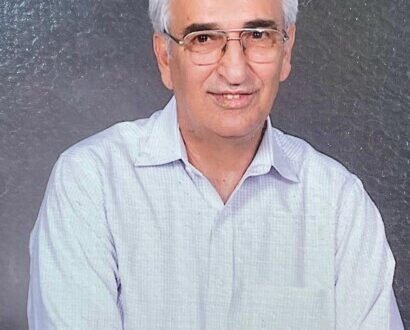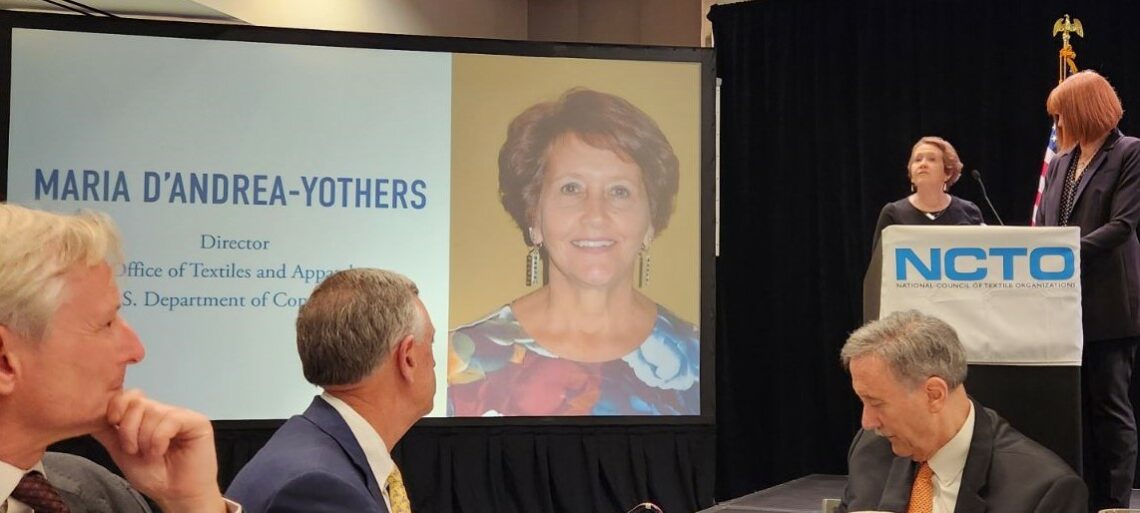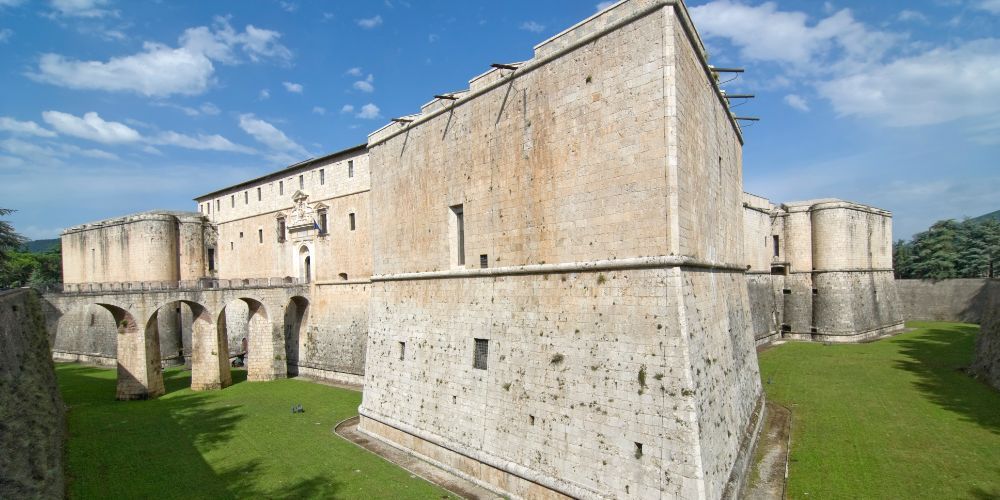-
Pescolanciano

By Nancy DeSanti
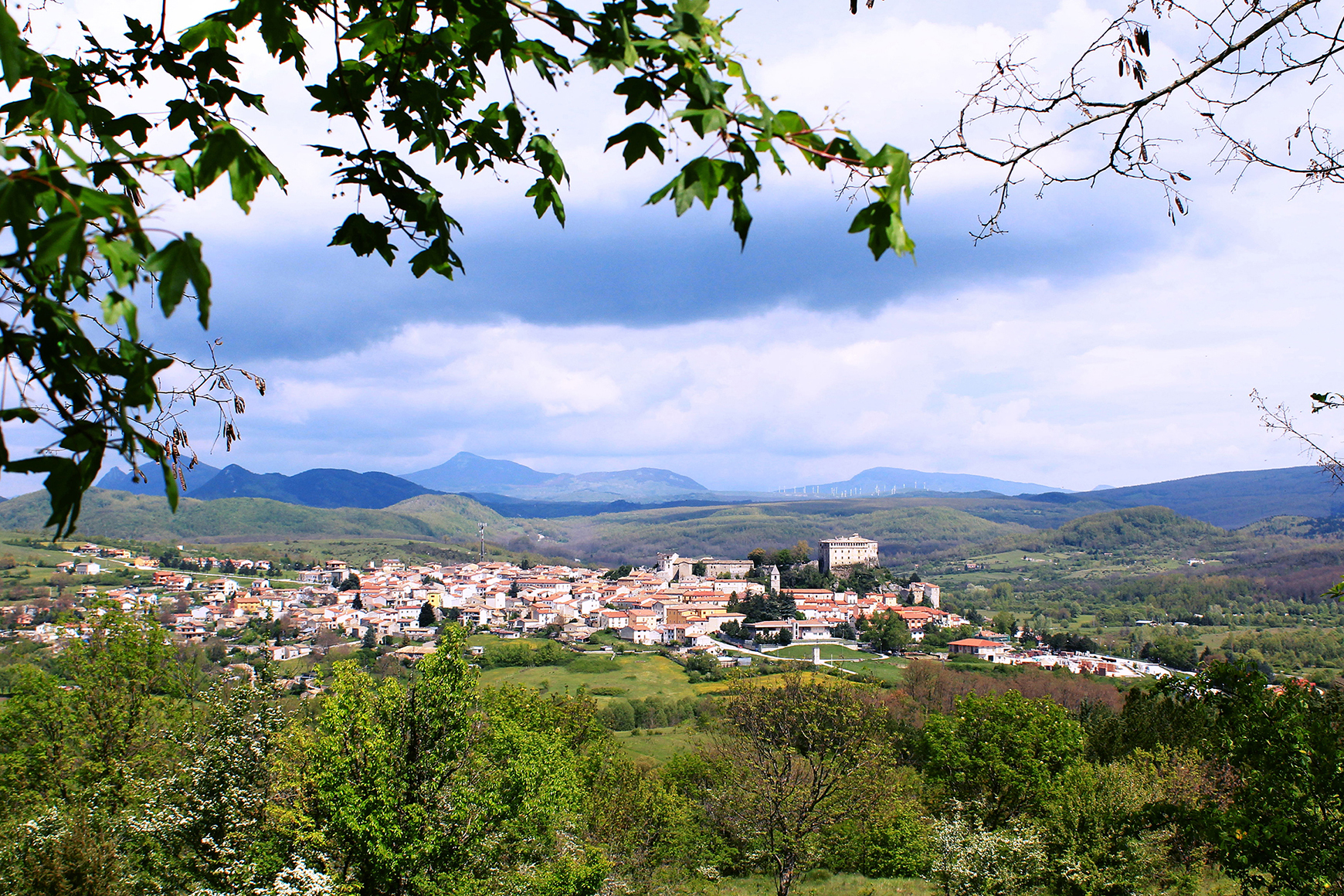
Panoramic view of Pescolanciano.
Credit: wikipediaProvince of Isernia, Region of Molise
The small town of Pescolanciano is located in about 30 kilometers northwest of Campobasso and about 12 kilometers northeast of Isernia. It has approximately 847 inhabitants, known as Pescolancianesi. Due to its geographical position, it is considered the “door to Upper Molise.”
The name Pescolanciano originates from the old designation Pesclum Lanzanum (Pesclum meaning rock while Lanzanum originating from Lanz, the name of the owner of the lands).
The origin of the town goes back to the 4th century B.C., when the Samnites constructed a fortress there to fight the Romans. The present town took shape during the Norman occupation, when the massive castle was built. Later on, when the transumanza (sheep herding) economy began to develop, Pescolanciano was an important resting site for the flocks of sheep tended by the shepherds.
Probably its most notable sight is the Castello D’Alessandro, which perches on top of a rocky spur and can be accessed through a drawbridge. Although perhaps built around 583, the first historical mentions are from the 13th century. The castle is located in a strategic position for control of the Castel di Sangro-Lucera sheep-track. The small church belongs to the original nucleus. In 1656, the place of worship was moved inside the castle to house the relics of St. Alexander, transferred there from the Roman catacombs.
The castle underwent several modifications, especially in 1600 when the entrance was moved to the esplanade that leads to the drawbridge, and then again after the 1805 earthquake.
In 1756, Duke Pasquale D’Alessandro started in his castle a maiolica workshop which was so successful that it threatened the Capodimonte Royal Factory. As a result, in the 19th century the Neapolitans ordered the destruction of the Pescolanciano maiolica center, whose very few, precious surviving pieces are today in the Louvre in Paris.
An important date in Pescolanciano is July 26, the Feast of Sant’Anna, when there is a parade of wheat bundles, carried with any available vehicles–tractors, carts, sleds drawn by dogs or donkeys. The feast had its origin in 1805, when the area was hit by an earthquake and after that a terrible hailstorm. Sant’Anna was believed to have protected the harvest while the farmers were distraught because of the earthquake, so the feast became a kind of thanksgiving festival for Pescolanciano and surrounding centers.
The popular, well-known dish in the town is the polenta, prepared according to many different recipes–polenta with beans, white polenta with fresh cheese, and other preparations with local white and black truffles, porcini mushrooms, or the “polenta infornata.”What to See
- Medieval castle located in the highest part of the town is connected to the center by a bridge. Originally a massive fortress with round towers at the corners, in the 18th century it was changed into an elegant mansion Inside the interesting chapel with a fine painting and a magnificent marble altarpiece
- Church of Sant’Antonio
- Sighting Tower located in Santa Maria del Vignale.
Important Dates
- June 14 – Fest of San Basilio
- July 26 -Feast of Sant’Anna
- August 14 – Feast of Santa Maria
- September 22 – Feast of San Domenico
- November 3 – Feast pf San Carlo, the patron saint
- December 4 – Feast of Santa Barbara
Italiano

Tradotto da Ennio Di Tullio
Provincia di Isernia, Regione Molise
Il piccolo comune di Pescolanciano si trova a circa 30 chilometri a nord-ovest di Campobasso e circa 12 chilometri a nord-est di Isernia. Ha circa 847 abitanti, detti Pescolancianesi. Per la sua posizione geografica è considerata la “porta dell’Alto Molise”.
Il nome Pescolanciano trae origine dall’antica denominazione Pesclum Lanzanum (Pesclum significa roccia mentre Lanzanum deriva da Lanz, nome del proprietario dei terreni).
L’origine della città risale al IV secolo a.C., quando i Sanniti vi costruirono una fortezza per combattere i Romani. L’attuale abitato prese forma durante l’occupazione normanna, quando venne costruito il massiccio castello. Successivamente, quando cominciò a svilupparsi l’economia della transumanza, Pescolanciano fu un importante luogo di sosta per le greggi di pecore accudite dai pastori.
Probabilmente la sua attrazione più notevole è il Castello D’Alessandro, che si trova sulla cima di uno sperone roccioso ed è accessibile tramite un ponte levatoio. Anche se costruito forse intorno al 583, le prime notizie storiche risalgono al XIII secolo. Il castello è situato in una posizione strategica per il controllo del tratturo Castel di Sangro-Lucera. La piccola chiesa appartiene al nucleo originario. Nel 1656 il luogo di culto fu spostato all’interno del castello per ospitare le reliquie di S. Alessandro, trasferito lì dalle catacombe romane.
Il castello subì diverse modifiche, soprattutto nel 1600 quando l’ingresso fu spostato sulla spianata che conduce al ponte levatoio, e poi ancora dopo il terremoto del 1805.Nel 1756 il Duca Pasquale D’Alessandro avviò nel suo castello un laboratorio di maiolica che ebbe un tale successo da mettere in pericolo la Real Fabbrica di Capodimonte. Di conseguenza, nel XIX secolo i napoletani ordinarono la distruzione del centro maiolico di Pescolanciano, i cui pochissimi e preziosi pezzi sopravvissuti si trovano oggi al Louvre di Parigi.
Una data importante a Pescolanciano è il 26 luglio, festa di Sant’Anna, quando si svolge la sfilata dei fasci di grano, trasportati con tutti i veicoli disponibili: trattori, carretti, slitte trainate da cani o asini. La festa ha origine nel 1805, quando la zona fu colpita da un terremoto e successivamente da una terribile grandinata. Si credeva che Sant’Anna proteggesse il raccolto mentre i contadini erano dispersi a causa del terremoto, così la festa divenne una sorta di festa di ringraziamento per Pescolanciano e i centri circostanti.
Il piatto popolare e conosciuto in paese è la polenta, preparata secondo le più svariate ricette: polenta con fagioli, polenta bianca con formaggio fresco, e altre preparazioni con tartufo bianco e nero locale, funghi porcini, oppure la “polenta informata”.
Attrazioni del luogo:
- Castello medievale situato nella parte più alta del paese è collegato al centro da un ponte. In origine massiccia fortezza con torri circolari agli angoli, fu trasformata nel XVIII secolo in un elegante palazzo signorile. All’interno interessante la cappella con un pregevole dipinto e una magnifica pala d’altare in marmo
- Chiesa di Sant’Antonio
- Torre di avvistamento ubicata in Santa Maria del Vignale.
Date da ricordare:
- 14 giugno – Festa di San Basilio
- 26 luglio – Festa di Sant’Anna
- 14 agosto – Festa di Santa Maria
- 22 settembre – Festa di San Domenico
- 3 novembre – Festa di San Carlo, patrono
- 4 dicembre – Festa di Santa Barbara
July 2024
-
AMHS Members Play Key Roles in “Giro D’Italia” Musical Event
By Nancy DeSanti
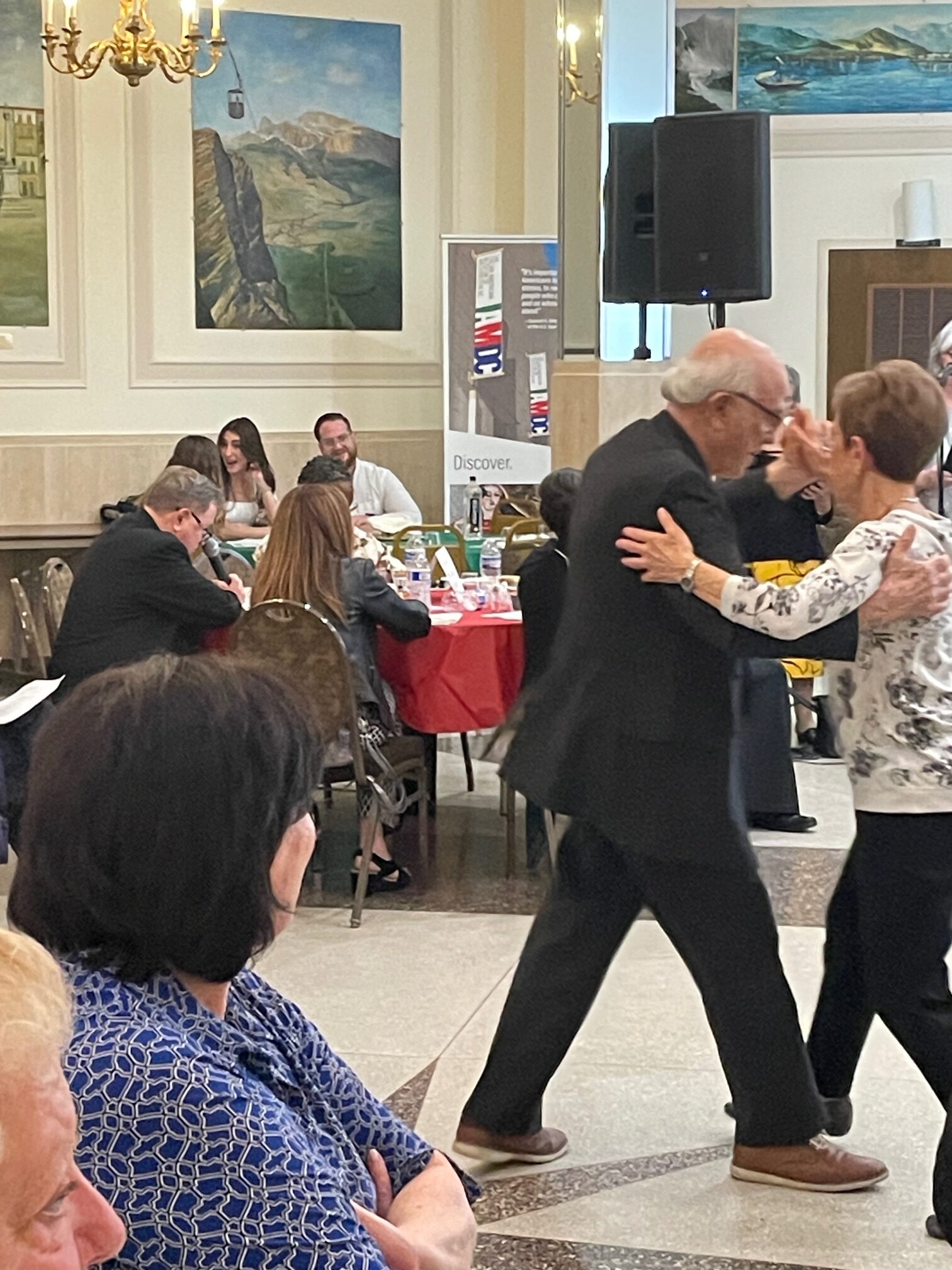
Ennio Di Tullio and partner dance to “Vola Vola Vola.”
Credit: Mary Ann ReOn April 14, 2024, Casa Italiana was the site of a beautiful tribute to Italian music called “Giro d’Italia in 15 Canzoni.” Among the songs included were popular hits such as “Santa Lucia” from Campania and “Ciuri Ciuri” from Sicily, along with songs from many of the regions, from north to south. For Abruzzo, the choice was the very popular “Vola Vola Vola” and for Molise, it was “Rosabella del Molise.”
The concert was a continuation of the series begun several years ago by Father Ezio Marchetto with the “Songs of Migration.”
AMHS members played key roles in this wonderful musical event, which also included a lunch catered by Mama Lucia’s. Maria Marigliano was the organizer and director, Maria Fresco was the narrator, Sergio Fresco played the accordion and sang, Eileen Parise played the tambourine and flute, and Carmela Ventresca was among the singers. And people in the audience got on the dance floor too, including Ennio DiTullio, who was seen dancing to “Vola Vola Vola.”
To conclude the program, the audience enthusiastically joined in singing “L’Italiano,” the big hit by Toto Cotugno, who turned the song into an international sensation in 1983 and who passed away last year. It should be noted that Italian Prime Minister Giorgio Meloni hailed Cotugno as “un vero Italiano,” and he was commemorated by heads of state of the United States, France, Germany, Great Britain, Japan and China.May 2024
-
Maria D’Andrea-Yothers Honored
By Nancy DeSanti
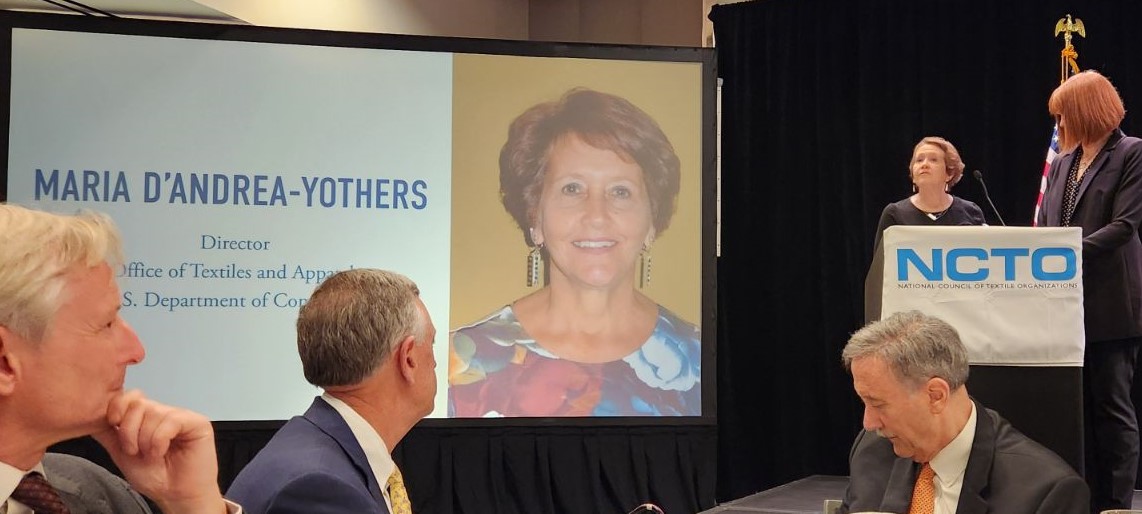
Maria D’Andrea-Yothers (at podium, left) was recognized by her peers in the textile industry for her 32 years of service.
Credit: Courtesy of NCTOOn April 9, 2024, AMHS current Board Director and former President, Maria D’Andrea-Yothers, was honored at a dinner hosted by the National Council of Textile Organizations (NCTO), the main trade association representing the domestic textile industry. Maria, who is retiring from the Department of Commerce in December, 2024, has worked in the Office of Textiles and Apparel since 1992 and is its current Director. Maria was honored for her 32 years of service representing the domestic and trade policy interests of the textile industry, which is vital to the economic and national security of the United States. Standing at the podium, with Maria, is Kim Glas, who served as Deputy Assistant Secretary for Textiles from 2009 to 2014 and was Maria’s supervisor. Kim Glas is currently the President of the NCTO.
April 2024
-
L’Aquila Chosen Italian Cultural Capital for 2026
By Nancy DeSanti
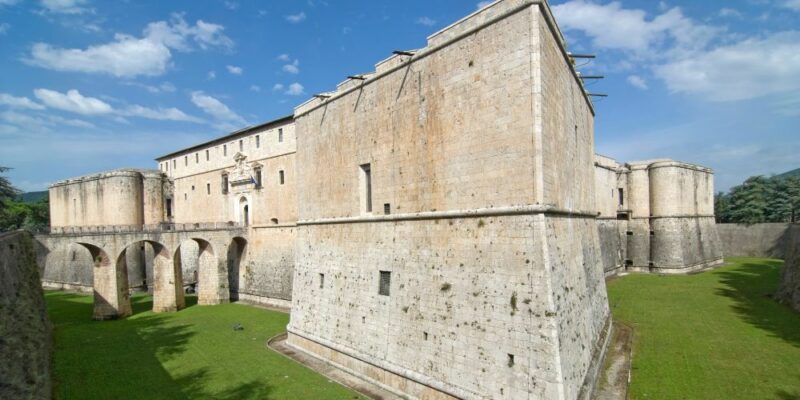
The Spanish Fortress in L’Aquila
Credit: visititaly.eu
L’Aquila, the city devastated by the massive earthquake that struck the central Abruzzo region 15 years ago, has been named the Capital of Culture for 2026. Culture Minister Gennaro Sangiuliano made the announcement on March 14, 2024, during a ceremony in the Ministry in Rome.
As is customary with Italian Capital of Culture winners, L’Aquila, the capital of the Abruzzo region, will receive one million euros in government funding to carry out a project aimed at driving the cultural development of the city and its surrounding territories. The city’s proposed initiative, “L’Aquila: Multiverse City,” combines socioeconomic and artistic goals. Organizers say the initiative follows the four axes of the New European Agenda for Culture: social cohesion, public health and well-being, creativity and innovation, and socio-environmental sustainability.
The other cities in the running for the one million euros in state funding to implement the projects set out in their bid were: Agnone in the province of Isernia in the region of Molise, Alba in the province of Cuneo in the region of Piemonte, Gaeta in the province of Latina in the region of Lazio, the city of Latina which is the capital of the province of Latina in the region of Lazio, Lucera in the province of Foggia in the region of Apulia, Maratea in the province of Potenza in the region of Basilicata, the city of Rimini in the region of Emilia-Romagna, the city of Treviso which is the capital of the province of Treviso in the region of Veneto, and a union of municipalities in Valdichiana Senese in the province of Siena in the region of Tuscany.
“L’Aquila is commemorating the 15th anniversary of the event that affected not only our institutions but also our citizens,” L’Aquila Mayor Pierluigi Biondi said regarding the 6.3 magnitude earthquake on April 6, 2009. It killed 309 people in the Abruzzo regional capital and surrounding towns and villages, leaving about 1,500 people injured, and thousands more without homes. It caused billions of euros in damage to infrastructure and cultural heritage.” Being the Italian Capital of Culture is not a compensation but an element around which to rebuild the social fabric of our community,” Biondi added. “Culture is a founding element; it is the recovery of our identity and our projection into the future,” he said. “The other finalist cities will be part of this journey.” He concluded: “We guarantee that we will be up to the task assigned to us. Viva Italia!”
Earlier this year Pesaro, a city in Le Marche on the Adriatic coast, took up its status as Capitale Italiana della Cultura 2024, succeeding the northern Italian cities of Bergamo and Brescia for 2023. Previous culture capitals include Cagliari, Lecce, Perugia, Ravenna, and Siena in 2015, Mantua in 2016, Pistoia in 2017, and Palermo in 2018. The Italian title skipped a year in 2019 when Matera, in the southern Basilicata region, became the European Capital of Culture. In 2020, it was the turn of Parma to receive the culture capital status. Parma retained the title for a second year to make up for the negative effects of the Covid pandemic lockdowns. Procida, an island in the Gulf of Naples, was the title holder in 2022, while the title in 2025 will go to Agrigento in Sicily.April 2024
-
Paul Piccone: Philosopher, Historian, Editor
By Joseph “Sonny” Scafetta, Jr.
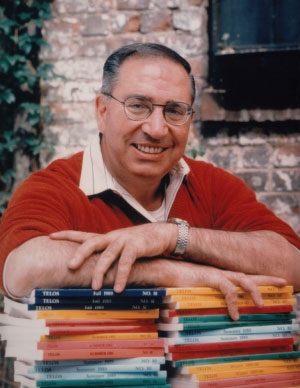
Paul Piccone
Credit: telospress.comPaolo Piccone was born in the city of L’Aquila (population 70,967 in the 2013 Census) in a province with the same name, in the region of Abruzzo, Italy, on January 17, 1940. He was the oldest of six sons. In 1954 when Piccone was 14, his entire family immigrated to Rochester, New York, where they learned to speak English. His father was a tailor in a working-class neighborhood. When the family members became U.S. citizens five years later, Piccone changed his given name to Paul.
After high school, Piccone completed his undergraduate studies at Indiana University and entered the doctoral program in philosophy at the State University of New York (SUNY) in Buffalo. Together with other graduate students in 1968, he founded Telos, which he described as “an independent quarterly journal of critical thought”, to try to come to terms with the political and intellectual turmoil existing at that time. Eventually, Telos became known as the leading “Conscience of the New Left” journal. Piccone served as its editor until his death.
In June 1970, he received his PhD from SUNY at age 30. Three months later, he was appointed to a teaching position in the Department of Sociology at Washington University in St. Louis, Missouri. In 1973, he published Towards a New Marxism with a colleague, Bart Grahl.
In June 1977, he left Washington University and moved to the East Village in New York City where he bought an abandoned building that he refurbished as the Telos publishing headquarters and his home. In 1983, his second and only other book, Italian Marxism, was published by the University of California Press in Berkeley. While continuing as the editor of Telos, he hired one of the most diverse group of colleagues and collaborators from all classes, nationalities, races, identities, religions, and occupations.
Shortly after his 60th birthday in 2000, he was diagnosed with a rare form of cancer which caused his death on July 12, 2004, at age 64. He never married. Soon after his death, the Telos Paul Piccone Institute was established to conduct annual international conferences to develop new policy ideas for addressing the challenges of modernity by combining critical analyses of issues with a search for alternative approaches to worldwide problems. On June 1, 2008, Telos published Confronting the Crisis: Writings of Paul Piccone, edited by Gary Ulmen, as a 396-page anthology of Piccone’s best articles printed in the Telos journal. The book traces Piccone’s intellectual journey and provides commentary on his thinking about major contemporary issues. The book is still in print and is now available from Amazon.
Sources (all accessed March 28, 2021)
- https://en.wikipedia.org/wiki/Paul_Piccone
- https://en.wikipedia.org/wiki/L’Aquila
- http://www.telospress.com/paul-piccone/
- http://telosinstitute.net/
- https://www.amazon.com/Confronting-Crisis-Writings-Paul-Piccone
April 2024

